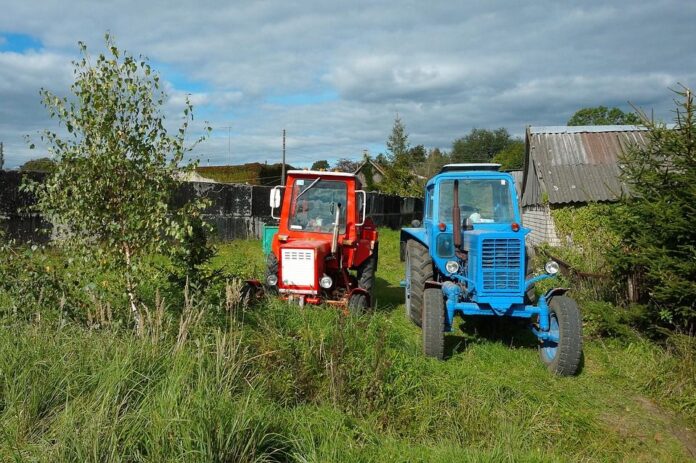The National Reserve is one medium that is set to provide financial support for young farmers, under the new CAP, which came into effect on January 1st, 2023.
Some parties will be able to draw this down in addition to the Complementary Income Support for Young Farmers, which we provided details of in this news article.
The NR will provide payment entitlements on land, for which the applicant holds no entitlements and/or a top-up the value of existing entitlements to the national average (where land has low-value entitlements).
The National Reserve has two categories:
- Young Farmer Category;
- New Farmer Category.
No off-farm income limit
According to Enda Maloney, drystock advisor at Teagasc Ballinrobe, who featured in Teagasc Mayo’s recent webinar on new direct payments, there is no off-farm income limit for applicants to the National Reserve from 2023.
This is a move young farmers have welcomed, as in previous years, earning (income) more than €40,000 gross off-farm would lock you out of the National Reserve.
With the National Reserve, 50 entitlements are the max that any one farmer can obtain from the NR for the scheme’s lifetime, which spans from 2023 through to 2027.
The drystock advisor told attendees of the virtual information session that the national average payment entitlement value is expected to be approximately €155 going forward.
Under the old CAP, for NR Young Farmer category:
- Under 40 at time of first application;
- Set up in 5 years preceding first application;
- Completed Level 6 agricultural education course;
- Submit valid BPS application.
Under the new CAP:
- Under 40 at time of first application;
- Set up in 5 years preceding first application;
- Completed Level 6 agricultural education course “In the past, if you had just commenced a course, you could qualify for the YF Top-Up, but that is not the case going forward as you must have your Green Cert completed.”
- Submit valid BISS (replacing BPS) application;
- Allocation on a maximum of 50 ha.
NR for new farmer/new entrant category – Commonly for farmers usually over 40 years of age:
Old CAP:
- Setting up for the first time or during the preceding 2 years;
- No agricultural activity in own name in 5 years preceding start of current activity;
- Completed Level 6 agricultural education course;
- Submit valid BPS (Basic Payment Scheme) application.
New CAP:
- Setting up for the first time or during the preceding 3 years;
- No agricultural activity in your own name at any time previously – Could not have been on a herd number in the past. New herd number on your own, or else you are joining a herd number;
- Completed Level 6 agricultural education course;
- Submit valid BISS application;
- Allocation on a maximum of 50 ha.
Maloney: “Also, people who applied for the NR in the old CAP between 2015-2022, unfortunately, they are are not eligible for the NR going forward from 2023-2027, as you can only apply for the NR once in the lifetime.”
Some confusion can brew around the Complementary Income Support Scheme for Young Farmers and the National Reserve – both are two separate entities as outlined in this news article on That’s Farming.





